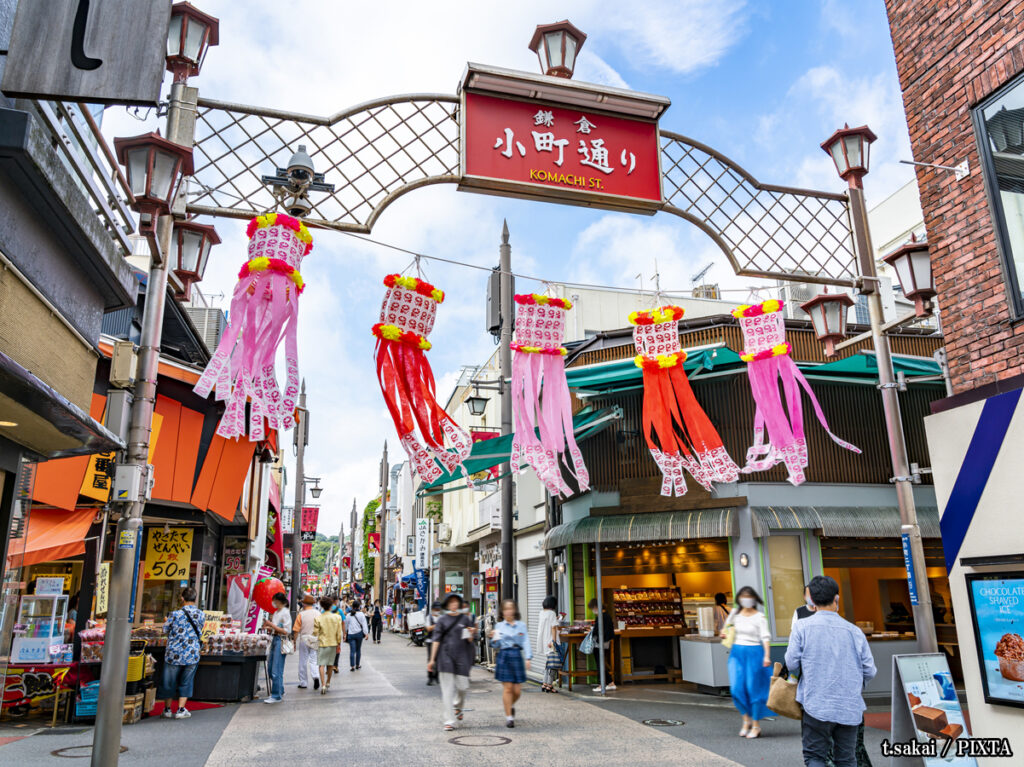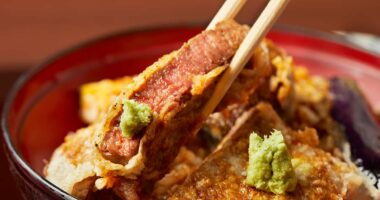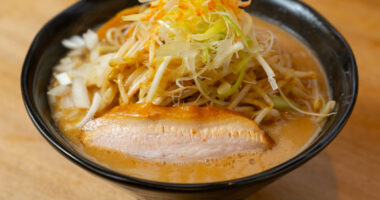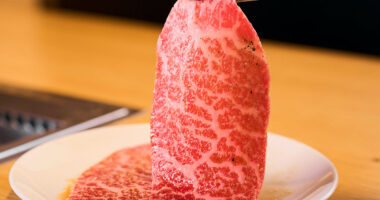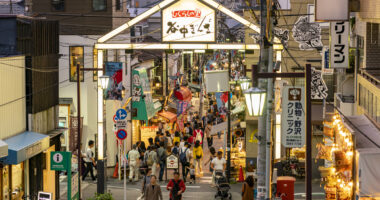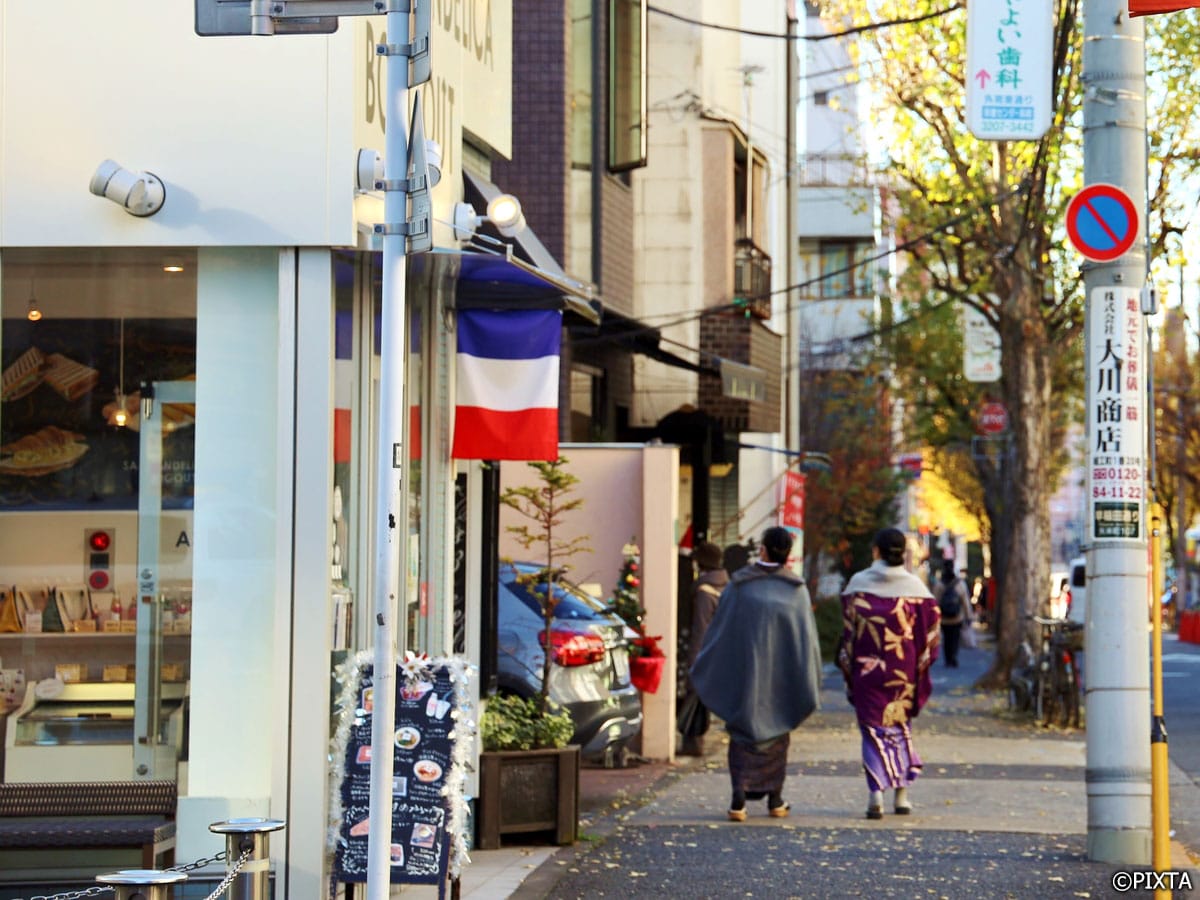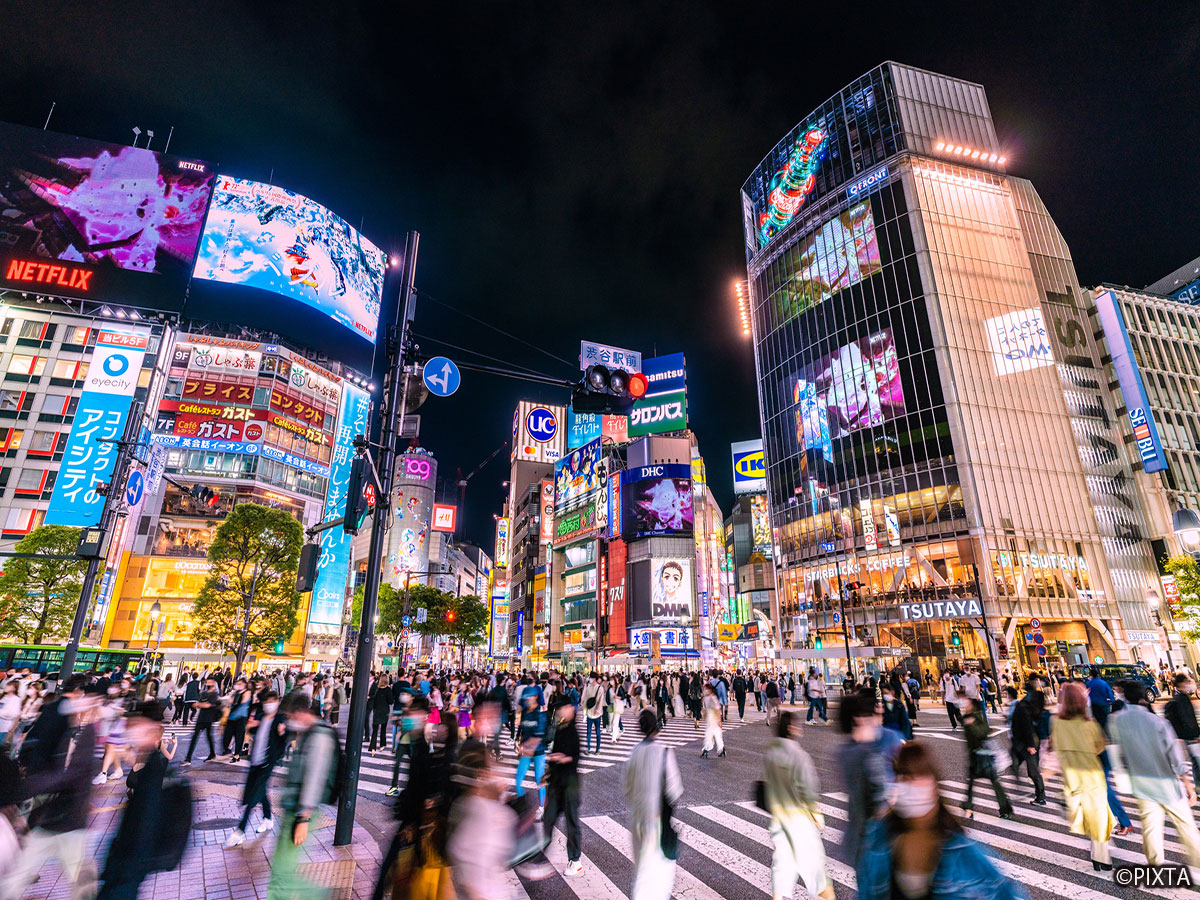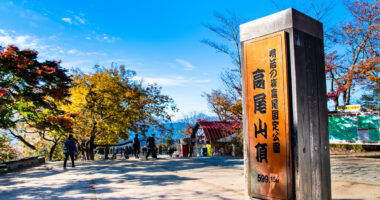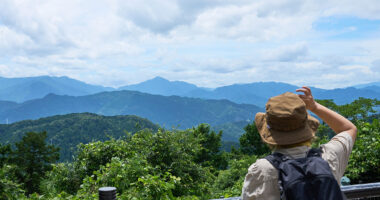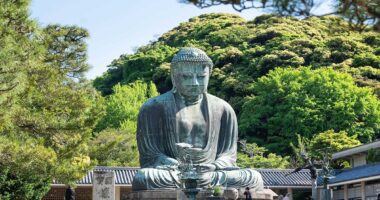Kamakura lies just an hour south of Tokyo, but the shift in pace and atmosphere feels far greater. Once the political center of medieval Japan, this coastal town blends historical weight with relaxed seaside charm, famous for its numerous temples, breezy beaches, and the iconic Great Buddha watching over it all. For first-time visitors to Tokyo, Kamakura offers one of the easiest—and most worthwhile—day trips, with just enough time to experience its temples, coastline, and slower rhythm. This guide covers the most efficient ways to get there and how to make the most of your visit.
- Overview: Where is Kamakura and why visit?
- Option 1: by JR train (recommended for most travelers)
- Option 2: by Odakyu line + Enoden (budget-friendly route)
- Option 3: by bus or car (not recommended for first-time visitors)
- Which station in Kamakura should you get off at?
- Tips for a smooth day trip
- Summary: the best way depends on your travel style
Overview: Where is Kamakura and why visit?
Kamakura sits along Sagami Bay in Kanagawa Prefecture, about 50 kilometers (31 miles) southwest of central Tokyo. Once a political stronghold, it’s now a quiet coastal city known for its historical depth and natural scenery.
Why visit Kamakura?
- Historical significance:
From 1185 to 1333, Kamakura served as the seat of the Kamakura Shogunate. Many of its temples and shrines trace their origins to this era, when military rule and religious authority often intertwined. - The Great Buddha (Kamakura Daibutsu):
The towering bronze Amida Buddha at Kōtoku-in is Kamakura’s most recognizable landmark, and one of Japan’s most famous statues. - Temples and shrines:
Kamakura’s spiritual sites range from Hasedera (Hase Kannon Temple), known for its towering statue of Kannon and beautiful ocean views, to the quiet Zen grounds of Engaku-ji—and the bamboo forest sanctuary of Houkokuji. - Coastal charm:
In summer, Kamakura’s laid-back beaches are a popular draw, and a ride on the Enoden train offers scenic views along the shoreline. - Hiking trails:
For active travelers, trails through the surrounding hills connect temples and neighborhoods, offering a quieter, more immersive way to explore.
Related articles:
- “The Great Buddha of Kamakura Is One of Japan’s Grandest Sights to Behold at Kotoku-in Temple“
- “A Must-Visit in Kamakura, Peaceful Hase Temple Provides Stunning Views, Vibrant Hydrangeas and Cultural Treasures“
- “Experience the Tranquility of Houkokuji Temple in Kamakura: Savor Matcha while Gazing at the Bamboo Garden“
Surprisingly, a full day is enough to cover Kamakura’s highlights, whether you’re temple-hopping, beach-walking, or just enjoying the slower pace.
Option 1: by JR train (recommended for most travelers)
The Japan Rail (JR) network offers the most direct and convenient way to reach Kamakura from Tokyo, especially for those with a Japan Rail Pass.
- Route:
Take the JR Yokosuka Line from Tokyo, or the Shōnan–Shinjuku Line from Shinjuku or Shibuya Station straight to Kamakura. These are direct lines with no transfers. - Travel time:
About 55-65 minutes from Tokyo Station, 55-65 minutes from Shinjuku Station and 55-60 minutes from Shibuya Station. - Cost:
Between 940-950 JPY one way, depending on your departure station. This route is fully covered by the JR Pass. - Frequency:
Trains depart roughly every 10-15 minutes throughout the day. - Comfort:
These are standard commuter trains—reliable and clean, though seats can be hard to find during peak hours. - Best for:
Travelers with a JR Pass, those prioritizing speed and simplicity, and anyone departing from major JR stations.
Option 2: by Odakyu line + Enoden (budget-friendly route)
A good alternative for travelers without a JR Pass, this route combines a private railway and a charming coastal ride on the Enoden line.
- Route:
- 1. From Shinjuku Station, take the Odakyu Line (Rapid Express or Express) to Fujisawa Station.
- 2. At Fujisawa, transfer to the scenic Enoshima Electric Railway (Enoden) line to Kamakura Station. The Enoden train runs along the coast and stops at popular spots like Enoshima Island and Hase (for the Great Buddha).
- Travel time:
About 55-70 minutes to Fujisawa, plus 37 minutes on the Enoden. Total travel time is roughly 95-110 minutes. - Cost:
A one-way ticket from Shinjuku to Kamakura via this route costs around 920 JPY. - Odakyu Enoshima-Kamakura Free Pass:
For about 1,640 JPY, this pass covers round-trip travel between Shinjuku and Fujisawa on the Odakyu Line, plus unlimited rides on the Enoden and on Odakyu local lines between Fujisawa and Enoshima. It’s a solid value if you plan to stop at Enoshima, the Great Buddha, or other sights along the Enoden route. - Frequency:
Odakyu trains run often; Enoden trains depart every 12 minutes. - Best for:
Travelers without a JR Pass, those on a budget, or anyone who wants a more scenic, local experience with stops along the coast.
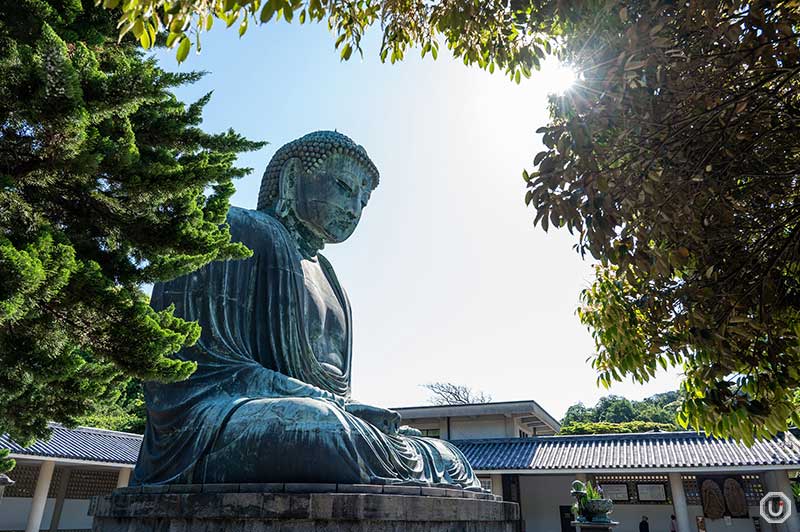
The Great Buddha at Kotoku-in, Kamakura
Option 3: by bus or car (not recommended for first-time visitors)
While possible, traveling to Kamakura by highway bus or rental car is generally not ideal, particularly for first-time visitors or day trippers.
- By bus:
Limited services run between Tokyo and Kamakura, but they are slower, less frequent, and more prone to traffic delays than trains. - By car:
Driving offers flexibility, but narrow streets, frequent congestion, and limited parking make it a frustrating choice for most travelers. - Cost:
Bus fares are similar to train tickets, but with added inconvenience. Driving incurs rental fees, highway tolls, and parking costs, often making it the most expensive option. - Best for:
Travelers with specific stops not covered by train routes, or locals comfortable navigating Japanese roads. Not recommended for a typical day trip.
Which station in Kamakura should you get off at?
For most visitors, Kamakura Station will be your main stop.
- Kamakura Station:
Both the JR Yokosuka Line and the Enoden Line terminate here. Located in the heart of the city, this station is a great starting point for:- Tsurugaoka Hachimangu Shrine:
A major shrine just a short walk from the East Exit. - Komachi-dōri Street:
A lively shopping and dining street leading towards the shrine. - Access to buses:
Local buses to more distant sites (like Zuisen-ji or Hokoku-ji’s bamboo grove) depart from outside the station.
- Tsurugaoka Hachimangu Shrine:
- Hase Station:
If your main goal is to visit the Great Buddha (Kamakura Daibutsu) or Hasedera Temple, take the Enoden Line two stops from Kamakura Station to Hase Station. Both landmarks are just a short walk from there.
To see more of Kamakura, start at Kamakura Station and use the Enoden or local buses to reach farther sites.
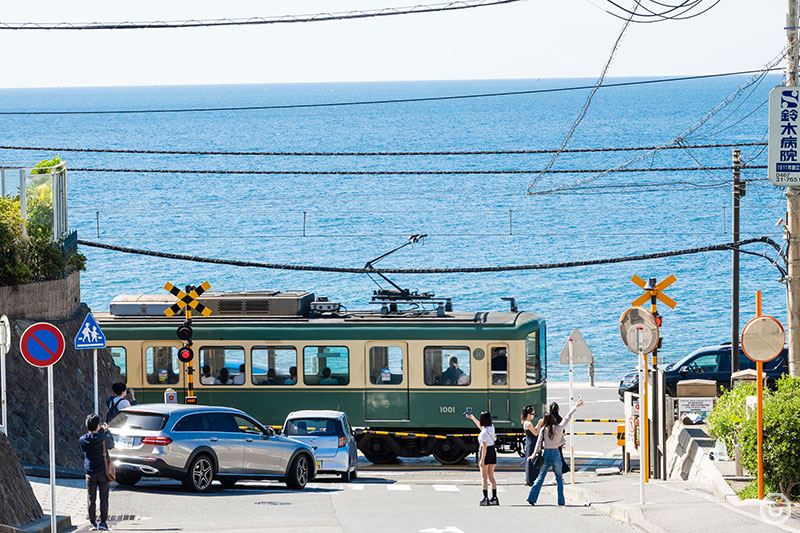
The Enoden railway crossing seen in the opening sequence of the anime Slam Dunk
Tips for a smooth day trip
- Go early:
Kamakura gets crowded, especially on weekends and holidays. Arriving by 9:00 AM–10:00 AM gives you a head start at popular sites like the Great Buddha and Tsurugaoka Hachimangu. - Wear comfortable shoes:
Expect a lot of walking, including plenty of stairs at temples and shrines. - Check hours in advance:
Most temples and shrines open around 8:00 AM or 9:00 AM and close between 4:00 PM and 5:00 PM. - Stay hydrated:
Especially in summer. Bring a water bottle—vending machines are common, but it’s best to be prepared. - Portable Wi-Fi/SIM card:
Essential for navigation and handy for looking up information on the go. - Cash:
While many places will take cards, smaller shops or some temple entrance fees often only accept cash. - Plan your route:
Kamakura’s main sights are clustered around Kamakura Station (e.g., Tsurugaoka Hachimangu, Komachi-dori) and Hase Station (e.g., Great Buddha, Hasedera). Decide which sites are your top priorities, then plan whether to walk or take the Enoden between areas.
Summary: the best way depends on your travel style
Both the JR train and the Odakyu + Enoden route are solid options for getting to Kamakura. The best choice depends on your schedule, budget, and what kind of experience you’re after:
- Choose the JR Yokosuka Line if you want the fastest, most direct trip, especially if you have a JR Pass.
- Choose the Odakyu Line + Enoden if you’re traveling without a JR Pass, want to use the Enoshima-Kamakura Free Pass, or plan to stop at Enoshima Island and other spots along the scenic coastal route.
No matter how you get there, Kamakura rewards the trip with centuries-old temples, seaside charm, and a pace that feels worlds away from Tokyo, even though it’s only an hour down the line.
